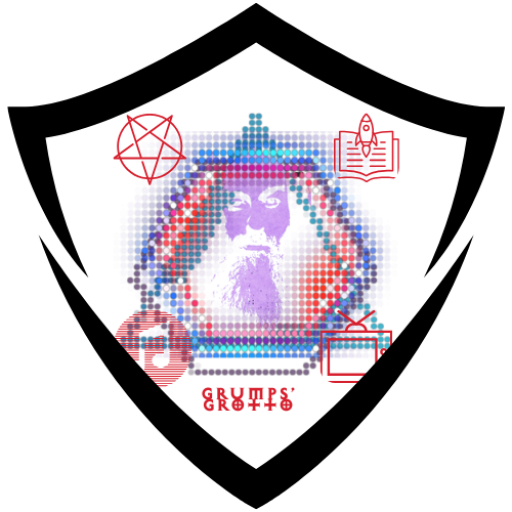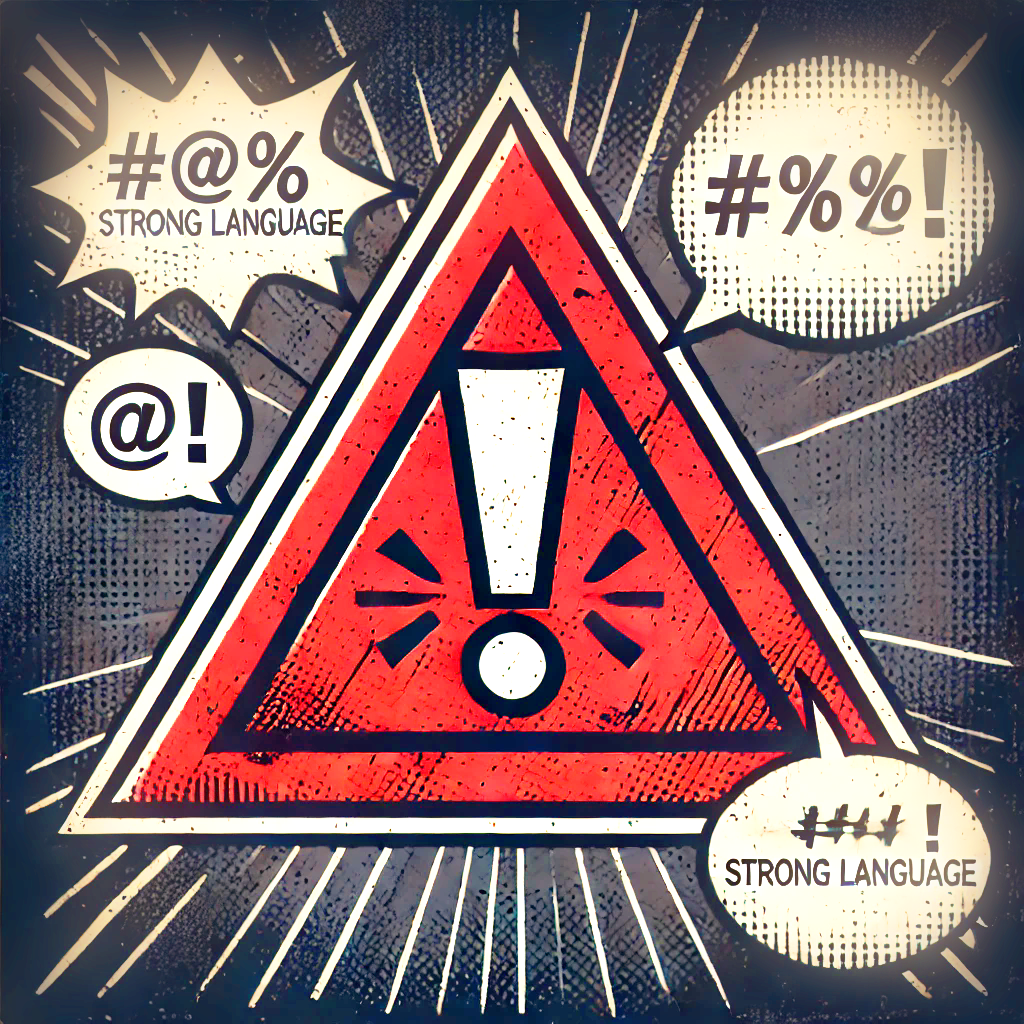Evil—what a loaded word. Depending on who you ask, it conjures images of malevolent forces, personal failings, or simply, the darker side of human nature. Yet, the way we understand and interpret evil has a lot to do with the religious lens we’re looking through. From fire-and-brimstone warnings to inner peace philosophies, let’s take a look at how some modern beliefs handle the slippery notion of evil.
Christianity: The Fall and the Redeemer
In Christianity, evil begins with the story of Adam and Eve’s disobedience. This foundational moment introduces sin and suffering into the world, creating a backdrop of human imperfection that only redemption through Jesus Christ can resolve. The Christian understanding of evil is both cosmic and personal—there’s Satan, often painted as a supernatural trickster figure, but also individual sin, which each believer must confront in their own life.
The modern approach still leans heavily on this concept of moral struggle. Churches today often talk about “spiritual warfare,” where the faithful are encouraged to resist the temptations of both the devil and their own human nature. What’s interesting is that while the concept of evil remains rooted in scripture, the application has evolved—today’s Christians might be as likely to talk about addiction or social injustice as they are about literal demons.
Islam: Free Will, Tests, and Shaytan
Islam’s take on evil revolves around free will and personal responsibility. Shaytan (Satan) is present in the Quranic story, but he’s more of an irritant than a mastermind. He tempts, sure, but Muslims are expected to rise above his influence through faith and discipline. Evil is seen as a test—a way for individuals to prove their dedication to Allah.
This framing of evil as a personal and communal test remains central in modern Islamic discourse. The push for a moral society often aligns with resisting corruption and personal temptation. Fasting, charity, and daily prayers are seen not just as acts of devotion but as ways to purify the soul and stay on the straight path, far from the lures of evil.
Buddhism: Ignorance, Suffering, and the Three Poisons
In Buddhism, evil is less about outside forces and more about what’s happening inside us. Suffering, a core concept in Buddhist philosophy, arises from three main “poisons”: ignorance, greed, and hatred. Instead of blaming an evil entity or divine punishment, Buddhism teaches that evil is a byproduct of our unwholesome actions and misguided thoughts.
In the modern world, where mindfulness has become a buzzword, Buddhism’s take on evil is refreshingly introspective. By focusing on self-awareness and personal growth, Buddhists aim to overcome the roots of suffering and reach enlightenment. There’s no battle with a demonic force here—just a journey to understand and overcome the human condition.
Hinduism: Dharma, Karma, and the Cosmic Order
Hinduism offers a more cosmic take on the idea of evil, tying it to the concepts of karma (the law of cause and effect) and dharma (righteous duty). Evil disrupts the balance of dharma and results in bad karma. It’s not always personal—evil can simply be anything that goes against the natural order of the universe.
Modern Hindus continue to stress living in alignment with one’s dharma to avoid the pitfalls of evil. Good actions lead to good karma and a favorable rebirth, while evil actions, whether intentional or not, lead to bad karma and continued suffering in the cycle of samsara (rebirth). There’s a sense of personal accountability here, but also a recognition that everything fits into a larger cosmic plan.
Satanism: Evil as Rebellion or Reflection
When people think of Satanism, they often imagine it being all about evil. But that’s not quite the case, especially when it comes to modern, non-theistic forms like LaVeyan Satanism. Here, Satan is seen more as a symbol than a real being. He represents rebellion against the status quo, individualism, and the rejection of what mainstream religions label as ‘sinful.’
Satanists don’t view themselves as evil—instead, they challenge the idea of conventional morality. For them, evil isn’t an outside force but a social construct. To act in one’s self-interest isn’t evil; it’s natural. In this worldview, “evil” is just what traditional society calls behaviors that don’t fit its rules.
Judaism: The Yetzer Hara and Yetzer Hatov
Judaism has a more nuanced take on evil, seeing it as part of a dual system. Every person has two inclinations—the yetzer hatov (good inclination) and the yetzer hara (evil inclination). The latter isn’t evil in the sense of malevolence but more about selfish desires and impulses. The goal isn’t to banish the yetzer hara but to control it, using the yetzer hatov as a guide.
Today, Jewish teachings emphasize that evil isn’t about external forces or a fallen angel but about everyday choices. Following God’s commandments and acting ethically is seen as the way to ensure the good inclination wins out over the bad. This idea of constantly balancing the two makes Judaism’s view of evil feel especially relatable in a world filled with moral gray areas.
Wrapping It All Together
So, what’s the role of evil in modern religious beliefs? It’s not as simple as good vs. evil, black vs. white. Whether it’s the battle between sin and salvation in Christianity, the inner struggles of Buddhism, or the self-empowerment of Satanism, evil remains an essential concept for understanding how we view the world, ourselves, and each other.
At the end of the day, evil isn’t just a boogeyman hiding in the shadows—it’s a reflection of our deepest fears, choices, and responsibilities. And while different religions may define it in unique ways, what they all share is the belief that how we respond to evil—whether by conquering it, resisting it, or understanding it—shapes not just our lives but the world around us.

MidnightSage
MidnightSage is your go-to for dragging ancient myths into the digital age. With a sharp eye for folklore and a gothic flair, they blend old-world wisdom with modern chaos. Lavender-haired and relentless, they’ll guide you through urban legends, modern witchcraft, and the revival of ancient symbols. If you’re navigating the crossroads of mysticism and modern life, MidnightSage is here to make sense of it all.



Leave a Reply